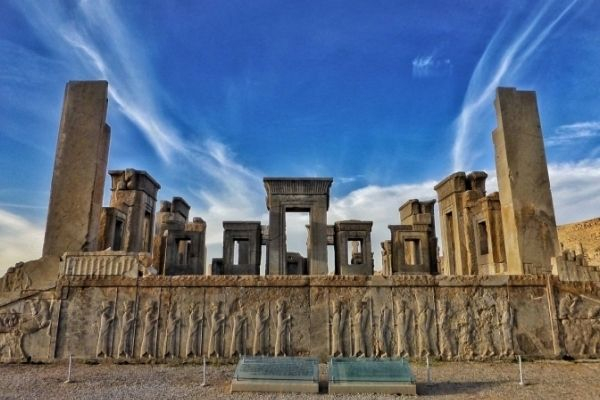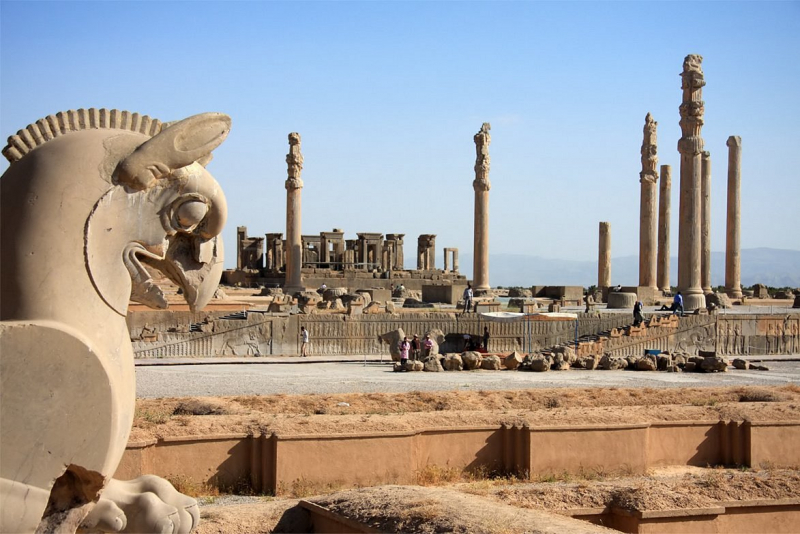Persepolis
Persepolis, often known as the ceremonial capital of the Achaemenid Empire (c. 550–330 BC), is one of the most beautiful historical sites in Iran. It is located in the Marvdasht plains, which are surrounded by Iran's southern Zagros mountains. Shiraz is located 60 kilometers (37 miles) southwest of the Persepolis ruins. Persepolis' oldest ruins date back to 515 BC. It is a superb example of Achaemenid architecture. In 1979, UNESCO designated the Persepolis remains as a World Heritage Site.
The structure is elevated on a walled platform, with five "palaces," or halls, of various sizes and spectacular entrances. The purpose of Persepolis is still a mystery. It was not one of Persia's, let alone the empire's, greatest towns, but it appears to have been a huge ceremonial complex that was only occupied periodically; the location of the king's private chambers is still unknown. Most archaeologists believed it was used primarily for celebrating Nowruz, the Persian New Year, which falls on the spring equinox and is still an important yearly event in modern Iran, until recent challenges.
Location: Marvdasht, Fars, Iran












